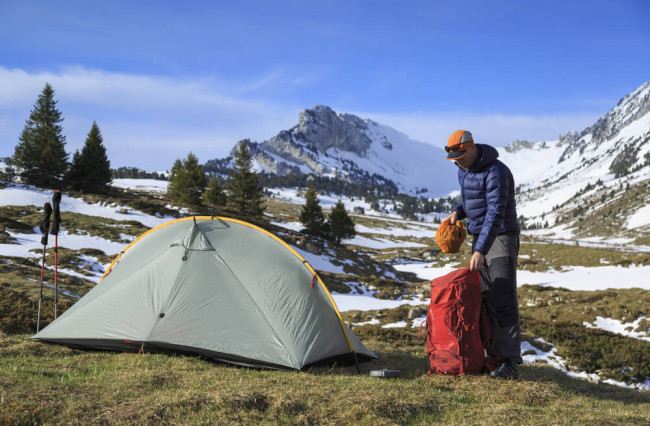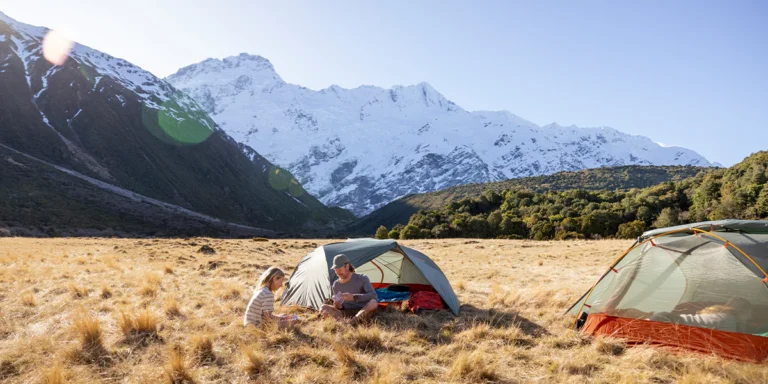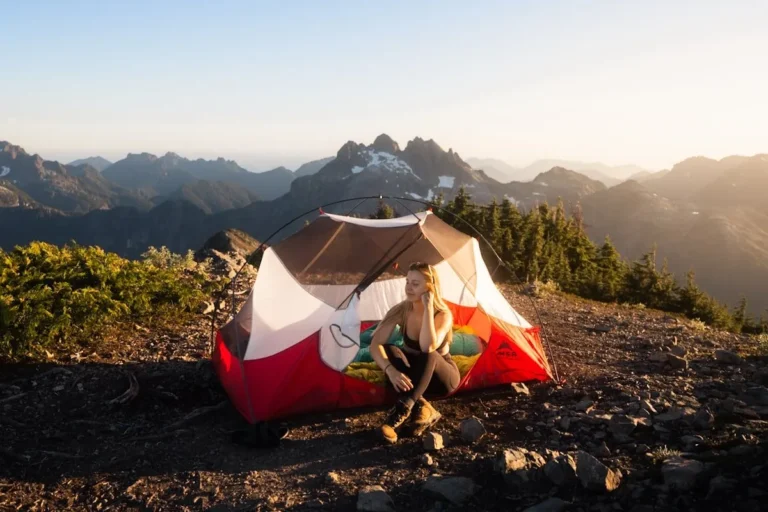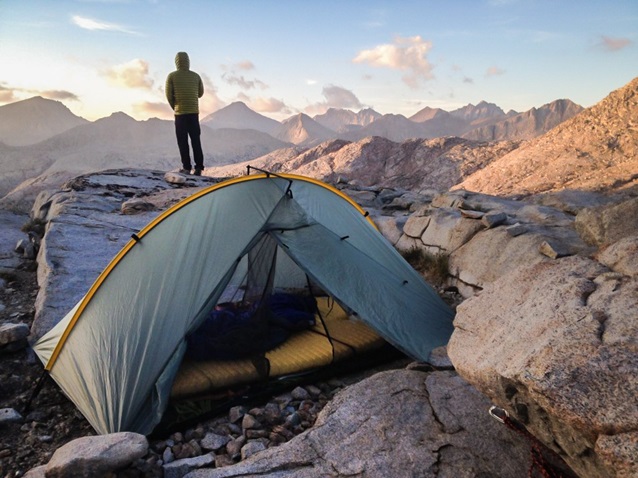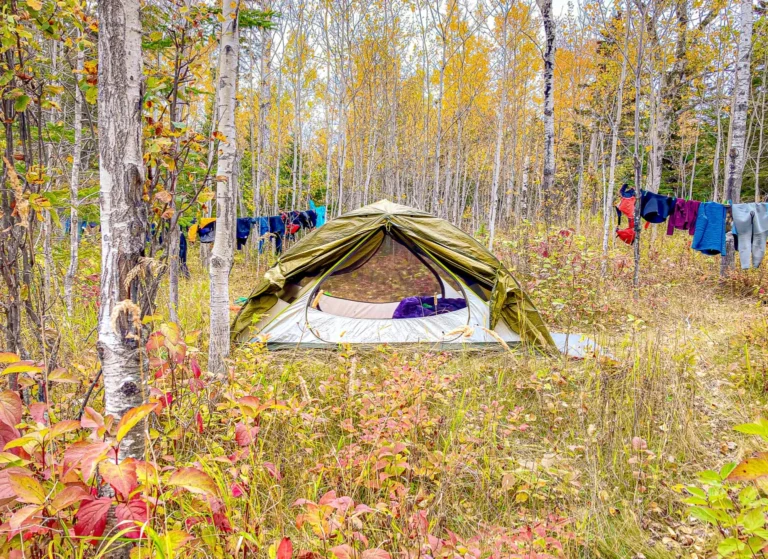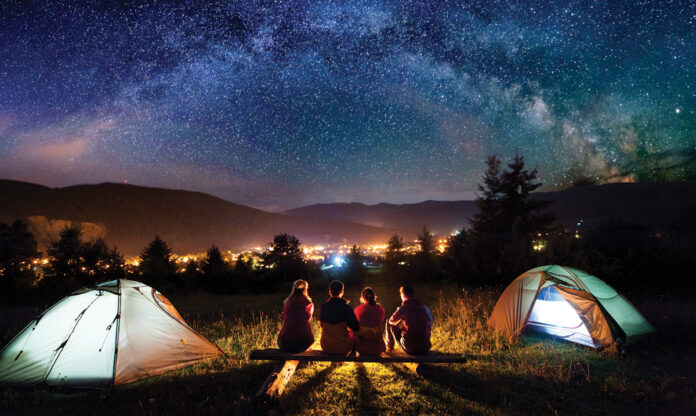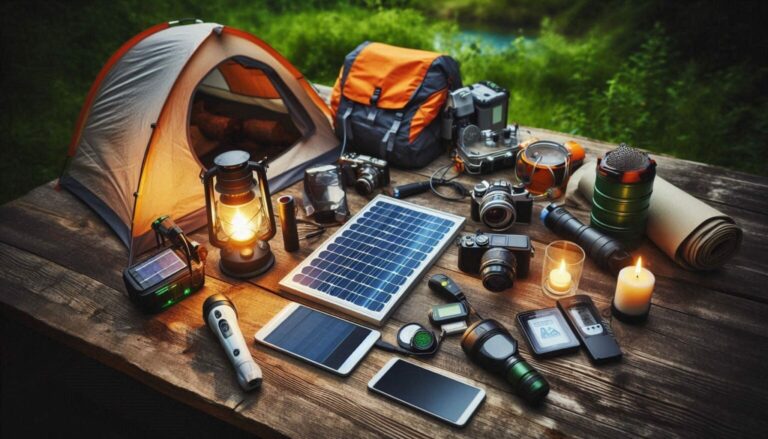A Guide to Lightweight Camping for Beginners
One of the greatest ways to get away from the bustle of everyday life and re-establish a connection with nature is through camping. But every extra pound counts if you’ve ever attempted to pull a heavy pack up a trail. Lightweight camping can help with that. This type of camping is ideal for novices who wish to experience the outdoors without being burdened by heavy gear because it is made to be as lightweight as possible without compromising comfort or safety.
The fundamentals of lightweight camping will be covered in this guide, including packing advice, meal suggestions, and techniques for maintaining comfort while hiking.
Why Choose Lightweight Camping?
Lightweight camping isn’t just about cutting weight—it’s about efficiency, freedom, and enjoyment. By trimming down unnecessary items and choosing gear wisely, you can:
- Move faster and hike farther without exhaustion.
- Reduce strain on your back, knees, and joints.
- Spend more time enjoying the journey instead of managing heavy gear.
- Feel confident knowing you can handle your gear with ease.
Step 1: Choose the Right Backpack
Your backpack is your home on the trail, so choose wisely.
- Weight range: Aim for a pack between 2–4 pounds.
- Capacity: For beginners, a 40–55 liter pack is usually plenty for weekend trips.
- Features to look for: Adjustable straps, supportive hip belt, and external compartments for easy access.
Pro tip: Pack heavier items close to your back and centered to maintain balance.
Step 2: Go Minimal with Shelter
Shelter is one of the heaviest items in your pack. Lightweight campers often swap bulky tents for alternatives.
- Lightweight tents: Look for single-wall or trekking pole tents (2–3 pounds).
- Tarps or bivy sacks: Great ultralight options for minimalists.
- Sleeping bag/quilt: Choose a down-filled sleeping bag or camping quilt that compresses easily.
- Sleeping pad: An inflatable or foam pad adds comfort without much weight.
Step 3: Clothing the Smart Way
Layering is the secret to comfort. Instead of packing too many outfits, go for versatile pieces.
- Base layer: Lightweight, moisture-wicking fabric.
- Insulating layer: Fleece or a down jacket.
- Outer layer: A waterproof, breathable rain jacket.
- Extras: 2–3 pairs of socks, one set of sleep clothes, and a hat.
Rule of thumb: Pack clothing for function, not fashion.
Step 4: Cooking & Food Essentials
A good meal is a morale booster after a long day. Keep your cooking kit light but functional.
- Cookware: One small pot or titanium cup.
- Stove: Compact canister stove or alcohol stove.
- Utensils: A lightweight spork is often enough.
- Food ideas:
- Instant oatmeal for breakfast.
- Tortillas with peanut butter or tuna packets for lunch.
- Freeze-dried meals, pasta, or rice packs for dinner.
- Energy bars, nuts, and dried fruit for snacks.
Pro tip: Repackage food into zip bags to save space and reduce trash.
Step 5: Water Management
Water is essential but heavy. Instead of carrying gallons, bring a way to filter or purify along the trail.
- Options: Lightweight water filters, purification tablets, or UV pens.
- Carrying: A 1–2 liter hydration bladder or collapsible water bottle works best.
Step 6: Safety & Essentials
Even in lightweight camping, never skimp on safety. Always pack:
- First aid kit (compact but complete).
- Headlamp with spare batteries.
- Map, compass, or GPS device.
- Multi-tool or knife.
- Firestarter (matches, lighter, or ferro rod).
- Emergency whistle.
Step 7: Lighten the Load with Smart Packing
- Ditch duplicates (you don’t need three shirts).
- Share gear if camping with a partner (split the tent, stove, etc.).
- Use compression sacks to shrink bulky items.
- Prioritize multi-use gear (bandana = towel, sunshade, or pot holder).
Step 8: Mindset for Lightweight Camping
Lightweight camping is as much about mindset as it is about gear. The goal isn’t to suffer with the bare minimum, but to strike the balance between comfort and efficiency. Ask yourself:
- Do I really need this?
- Can I use one item for multiple purposes?
- Will this improve my experience, or just add weight?
Final Thoughts
Lightweight camping is perfect for beginners who want to explore the outdoors without being burdened by heavy gear. By choosing versatile equipment, packing smart, and focusing on essentials, you’ll have more freedom to hike farther, enjoy nature, and create unforgettable memories.
Remember: the less you carry on your back, the more energy you’ll have to enjoy the beauty around you.
So, pack light, tread softly, and let the adventure begin. 🌲⛺✨

